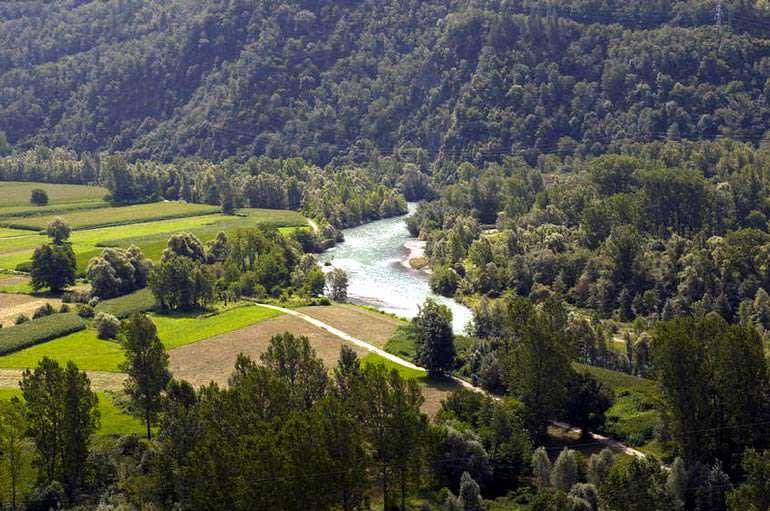Olives Reach New Heights in Valtellina
Global warming of the atmosphere is caused by the greenhouse gases that capture the sun’s heat, preventing it from scattering in the space surrounding our planet. The result of that the average temperature is rising in most parts of the world.
One of the consequences of the rising temperatures is that it is now possible to cultivate olive trees, a plant that prefers a warm and dry climate, in areas where it was previously unthinkable, such as Valtellina, an alpine area in Northern Lombardia (Italy).
SEE ALSO: Farming On the Edge of an Olive’s Comfort Zone
Over the past 10 years, according to Coldiretti (the Italian Confederation of Farmers), the cultivation of olive trees in Valtellina increased from 0 to 10,000 plants, on an area of 30,000 square meters of land.
Carlo Baruffi, a 71 year-old farmer, said: “When I started about 10 years ago, people called me crazy, now they ask me for assistance.”
Baruffi owns an olive grove with 360 plants at 564 meters above sea-level just above the 46th parallel. For now, Mr. Baruffi gives the oil he produces to his friends. But in the future, olive oil could become a typical product in Valtellina.
“Agriculture has always been to innovate by trying to get the best out of economic and climate changes,” said Ettore Prandini, the president of Coldiretti-Lombardia.

Valtellina is a valley in the Lombardy region of northern Italy, bordering Switzerland.
Ivano Fojanini, an expert working for the Technical Foundation of Valtellina said there was work to be done to determine the best cultivars for the unique alpine environment. “We are trying to identify which are the most suited varieties to our area by experimenting with plants from Istria and Marche regions. Global warming, but also the specific microclimate in our area, facilitates us in cultivation, with a production of high quality regular yields.”
According to Coldiretti, 2014 in Italy ranked as the warmest year since measurements began in 1880, with a temperature of 1.45 degrees higher than average.









